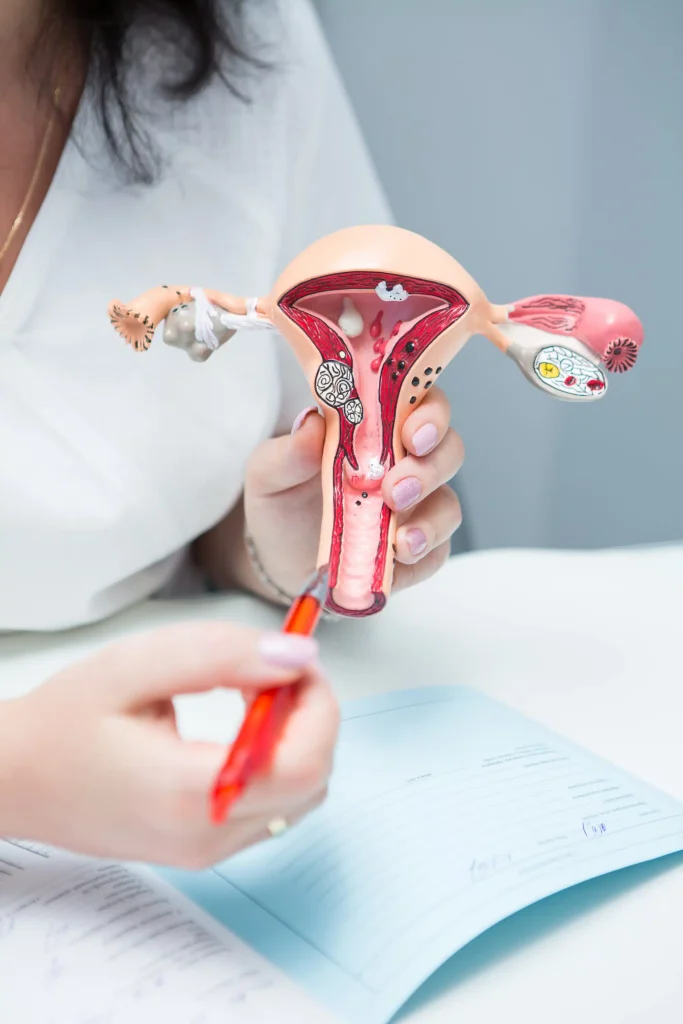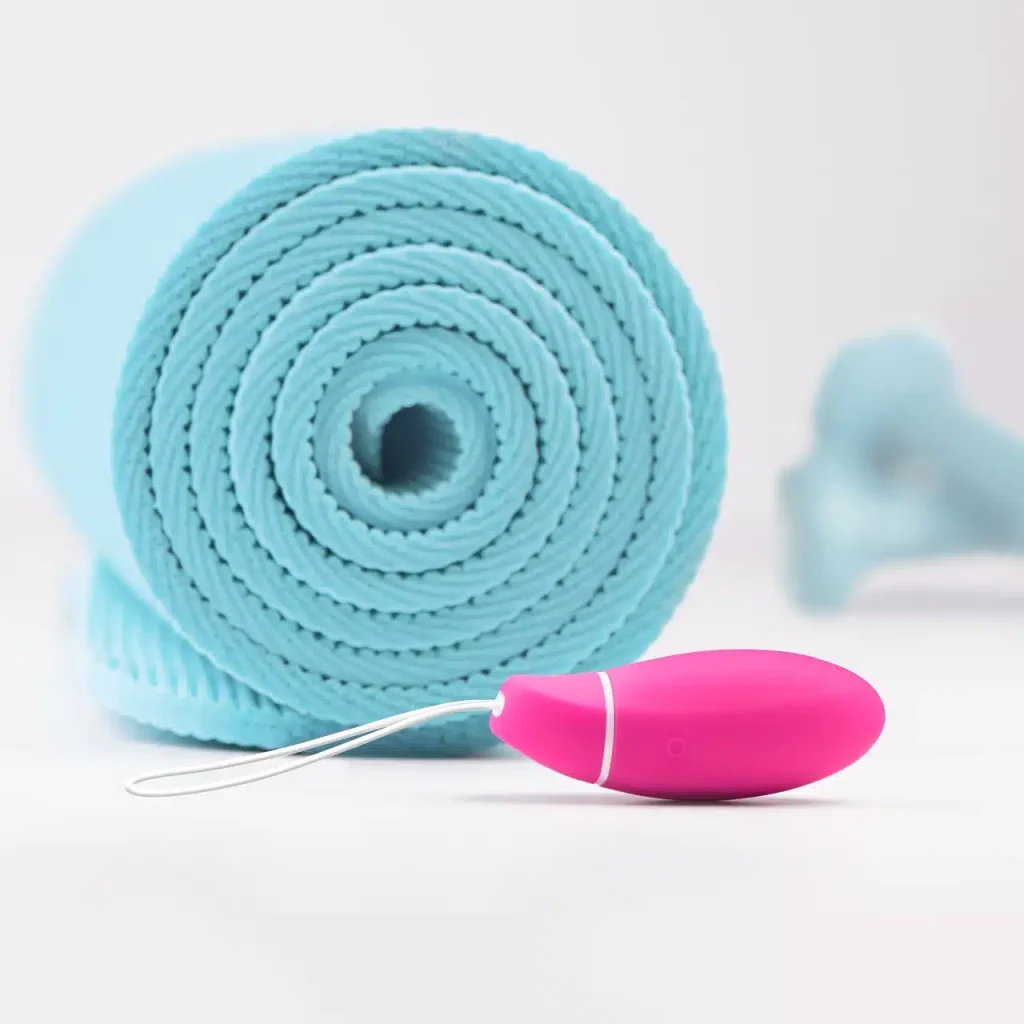The Functions of the Pelvic Floor
- Ensures urinary, fecal, and gas continence under dynamic conditions.
- Supports the organs located in the pelvic cavity.
- Plays a fundamental role during pregnancy and childbirth.
- Is an important pillar of both female and male sexuality.
- Works together with other abdominal muscles to maintain lumbar spine stability in daily and sports activities.
Causes of Pelvic Floor Dysfunction
The pelvic floor can undergo changes, especially in women, that may lead to dysfunction. Among the physiological causes we can highlight pregnancy, due to significant weight gain; childbirth, due to stretching and possible tearing of muscle fibers; and menopause, due to hormonal changes. Among the non-physiological causes we can find abdominal surgeries, sports and work activities involving heavy loads, obesity, spinal curve alterations (kyphosis and lordosis), constipation and chronic cough, coccyx dislocation or fracture, inability to relax the muscle leading to the formation of painful muscle bands, and neurological conditions.
Main Dysfunctions
- Urine leakage during sports or efforts such as coughing, sneezing, or lifting weights.
- Sensation of urgency, which may or may not be accompanied by leakage.
- Sexual pain and pelvic pain.
- Sensation of heaviness and bloating in the lower abdomen.
- Organ prolapse.
- Constipation and hemorrhoids.
- Recurrent cystitis and sensation of incomplete bladder or bowel emptying.
- Low back pain.
- Abdominal diastasis (separation of the two rectus abdominis muscles with resulting protrusion of the underlying plane).
- Inguinal hernias.
Pelvic Floor Rehabilitation
The physiotherapy approach is undoubtedly an effective tool to resolve pelvic floor dysfunctions in a high percentage of people. It makes use of therapeutic exercise and various manual, instrumental, and behavioral techniques. The goals of pelvic floor rehabilitation are:
- to change any incorrect behaviors that worsen the problem;
- to develop awareness of the pelvic floor and how to contract it individually and in synergy with other muscles to manage continuous increases in intra-abdominal pressure;
- to resolve painful muscle bands;
- to restore correct automatisms related to breathing, posture, and muscle contraction of the abdominal cavity.
Practical Tips
In case of incontinence, emptying the bladder continuously without having the urge does not prevent the problem; in fact, in many cases, it promotes the sensation of urinary urgency. The advice is to wait a few minutes after the first urge appears before going to the bathroom.
Conversely, even without leakage, it is incorrect to hold urine for hours and consistently exceed the third urge. The bladder becomes excessively distended, often making it difficult to achieve complete emptying. In these cases, instead of straining to facilitate urination, it is necessary to wait and relax.
Do not interrupt urination as a pelvic floor contraction exercise.
Staying hydrated is very important, but usually, the body itself signals the need based on internal requirements. Excessive fluid intake may overload the kidneys and alter the processes regulating water balance.
As for defecation, it is advisable to take some time, especially in the morning, to facilitate this function and not to delay the urge. Moreover, avoid straining excessively and instead relax the perineum. A toilet that is too high may make defecation more difficult; in this case, a small footstool under the feet may help.

Conclusions
The pelvic floor is a key pillar of well-being, especially for women. If, while reading this article, you recognized yourself in one of the issues described, know that there are effective tools and strategies to fully resolve disorders, pain, and potentially embarrassing situations that limit your well-being and quality of life.
Want to know more? Discover the Punto Rosa at Polispecialistico Paradiso.


